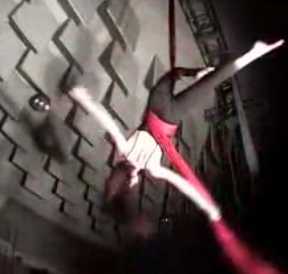Synapse
New member
- Joined
- Dec 29, 2007
- Messages
- 3,359
- MBTI Type
- INFP
- Enneagram
- 4
Unsure where this belongs so places this topic here. I found this article that talks about the idea of your 21 Senses and more quite intriguing.
Sensory Modality
Vision
- Light
- Colour
- Red
- Green
- Blue
Hearing
Smell
- 2000 or more receptor types
Taste
- Sweet
- Salt
- Sour
- Bitter
- Umami
Touch
- Light Touch
- Pressure
Pain
- Cutaneous
- Somatic
- Visceral
Mechanoreception
- Balance
- Rotational acceleration
- Linear acceleration
- Proprioception - joint position
- Kinaesthesis
- Muscle stretch - Golgi tendon ogans
- Muscle stretch - muscle spindles
Temperature
- Heat
- Cold
Interoceptors
- Blood pressure
- Arterial blood pressure
- Central venious blood pressure
- Head blood temperature
- Blood oxygen content
- Cerebrospinal Fluid pH
- Plasma osmotic pressure (thirst?)
- Artery-vein blood glucose difference (hunger?)
- Lung inflation
- Bladder stretch
- Full stomach
Aristotle did some harm to the world of philosophy by proposing only five senses: vision, hearing, touch, taste, smell. How could he leave out balance?
Balance is a wonderful sense, ecstatic in its own way, with its own elaborate sensory structures in the inner ear, and its own pathways in the brain. Tilt your head to one side, and move it very slowly in some direction, and savor that sensation. Balance lets you walk with ease, and adds richness to every movement.
Sensory Modality
Vision
- Light
- Colour
- Red
- Green
- Blue
Hearing
Smell
- 2000 or more receptor types
Taste
- Sweet
- Salt
- Sour
- Bitter
- Umami
Touch
- Light Touch
- Pressure
Pain
- Cutaneous
- Somatic
- Visceral
Mechanoreception
- Balance
- Rotational acceleration
- Linear acceleration
- Proprioception - joint position
- Kinaesthesis
- Muscle stretch - Golgi tendon ogans
- Muscle stretch - muscle spindles
Temperature
- Heat
- Cold
Interoceptors
- Blood pressure
- Arterial blood pressure
- Central venious blood pressure
- Head blood temperature
- Blood oxygen content
- Cerebrospinal Fluid pH
- Plasma osmotic pressure (thirst?)
- Artery-vein blood glucose difference (hunger?)
- Lung inflation
- Bladder stretch
- Full stomach






